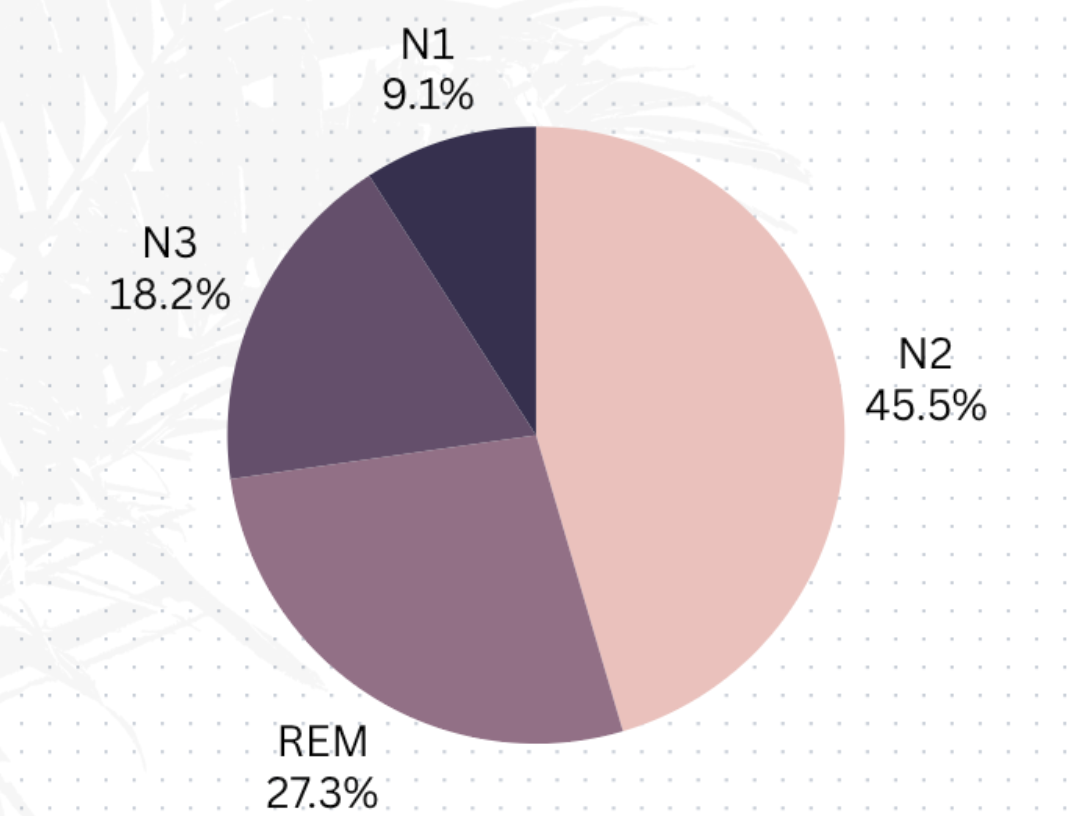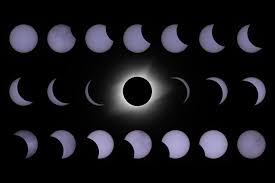All of the “Celestial phenomena” in the ever-expanding canvas of space in our humanity’s scientific curiosity and imagination. Solar eclipses are unique among these phenomena in that they are brief displays that provide a short window into the complex dance of the planets. Beyond their aesthetic appeal, solar eclipses offer priceless chances for scientific research and experimentation. The solar eclipse that is coming up is highly anticipated for its beauty in the sky and its potential to reveal important secrets about how the universe functions.
The mysterious solar corona, which is the sun’s outer atmosphere and is only visible during these uncommon cosmic alignments, is at the center of scientific interest during a solar eclipse. This eclipse will offer a unique chance to examine this halo of light ethereally and with never-before-seen clarity. Temperature gradients, magnetic fields, and plasma dynamics in the corona are all mysterious under typical observational circumstances, so scientists are excited about the opportunity to learn more about them. Novel imaging methods and state-of-the-art “spectroscopy” tools are ready to reveal the complex details of this celestial event, opening new avenues for solar physics research.

The Knight Times
One may ask, why is the Solar Eclipse so important? According to Tiffany Acosta, “The 2024 solar eclipse is a big deal due to its wide path of totality crossing North America, providing accessible viewing opportunities for millions.”
Furthermore, the impending solar eclipse has a scientific significance that goes beyond astrophysics. Observations made from Earth during the eclipse provide a unique perspective on atmospheric and environmental phenomena. For atmospheric scientists and climate researchers, variations in temperature, air pressure, and atmospheric composition during the eclipse offer priceless information. Moreover, research on animal behavior during eclipses reveals cool trends and connections that show insight into the complex interactions between celestial occurrences and other life outside of outer space.
The potential of this coming solar eclipse for scientific research is enhanced by technological and observational advances. Smarter things in the sky are like high-resolution imaging systems, and cutting-edge data analysis tools enable researchers to get previously unheard-of levels of detail from the brief moments of totality. Well-planned observation campaigns that take place across several continents and involve international collaborations increase the eclipse’s scientific yield and turn it into an international scientific project.

Apart from the domain of purely scientific investigation, solar eclipses also evoke amazement and reverence, cultivating a feeling of unity with the universe. They act as a constant reminder of both the intrinsic beauty of celestial mechanics and humanity’s place in the vastness of the universe. Solar eclipses serve as catalysts for scientific literacy and an appreciation of nature by involving the public in the thrill of scientific discovery.
How Does A Solar Eclipse Happen? Dana Bolles shares, “A solar eclipse happens when the Moon passes between the Sun and Earth, casting a shadow on Earth that either fully or partially blocks the Sun’s light in some areas.”
To sum it up, there is a great deal of potential for scientific research and experimentation with the impending solar eclipse. Scientists prepare to set out on a voyage of discovery as the sun’s corona bursts forth in all its splendor and the moon casts its shadow over Earth. They work together to solve cosmic riddles and broaden our knowledge of the cosmos using careful observation, in-depth analysis, and cooperative effort. The potential for enlightenment exists in the convergence of celestial bodies, encouraging future generations to appreciate the wonders of the cosmos and the virtually limitless opportunities for scientific research.









































